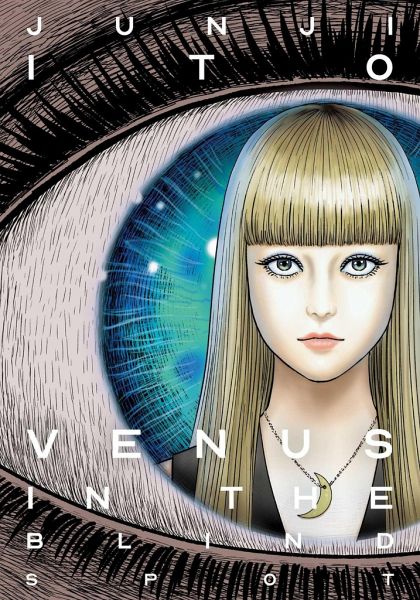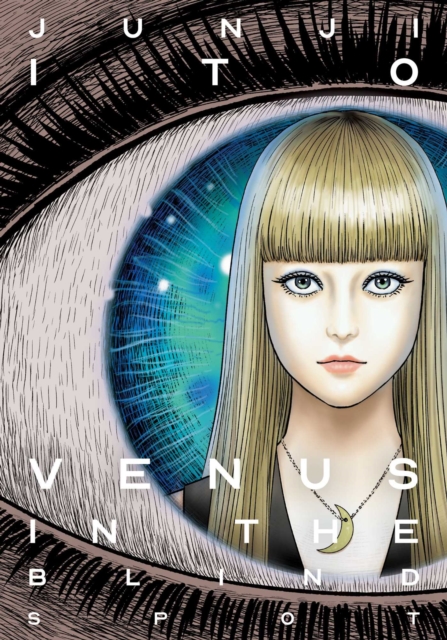
His latest publication in North America is Venus in the Blind Spot, and I loved just about every story within. I’ve read quite a bit of his work, and I’ve reviewed some of those stories and collections here on the blog, such as his adaptation of Mary Shelley’s Frankenstein and his masterpiece Uzumaki (click here and here for those reviews). Hell, sometimes I don’t feel comfortable leaving his books on the night stand beside my bed without something to cover them, the illustrations are that terrifying. Now if you’re unfamiliar with Junji Ito, he’s a manga artist who specializes in horror, and is well known for illustrations that terrify and creep the hell out of readers. And this latest collection of short stories, Venus in the Blind Spot, is full of some of his best work. This review was made possible with an advanced reader copy from the publisher through Net Galley.One thing I can always count on with a Junji Ito collection. There is necrophilia, agalmatophilia, implied rape, adult situations, and some graphic illustrations. This volume is definitely more suitable to mature audiences. Some illustrative pieces are repeated - several of the women characters look the same across several stories. The art is really detailed and definitely embodies the horror. The other story that has stayed with me long after reading it was "The Enigma of Amigara Fault," which built up steadily and delivered a creep-factor that was satisfying. The "Venus in the Blind Spot" story had a really great set up, but the ending was lackluster and disappointing. There was hardly any falling action or repercussions to the actions in the story. I'm not sure if other Ito stories are constructed the same way, but in almost every one of these stories, the twist ending was on the last page. Some of these stories were really interesting and gave me the heebie-jeebies in the right way. This collection is rounded out with "Keepsake," where a baby is mysteriously born to a dead woman inside her casket. "The Enigma of Amigara Fault," tells of weirdly alluring holes that are shaped for specific people. In "How love came to Professor Kirida," an obsessed student violates Kirida's privacy and wishes. The story of "Master Umezz and me," gives us a glimpse into Ito's own life and his inspiration for writing horror stories.

Then, there's "The licking woman," with a monster who has a poisonous tongue. "Venus in the blind spot," this volume's namesake, was one of the more creative stories surrounding a woman who disappears when she gets too close to men who adore her.

"The human chair" has a creepily obsessive love story.

In "Billions Alone," there are people being sewn together. Like much of Ito's other work, these stories are creepy and capitalize on our sense of propriety to give us the heebie-jeebies. This volume is a collection of short stories, some of which have been published before, or the first time published for a majority of them.


 0 kommentar(er)
0 kommentar(er)
